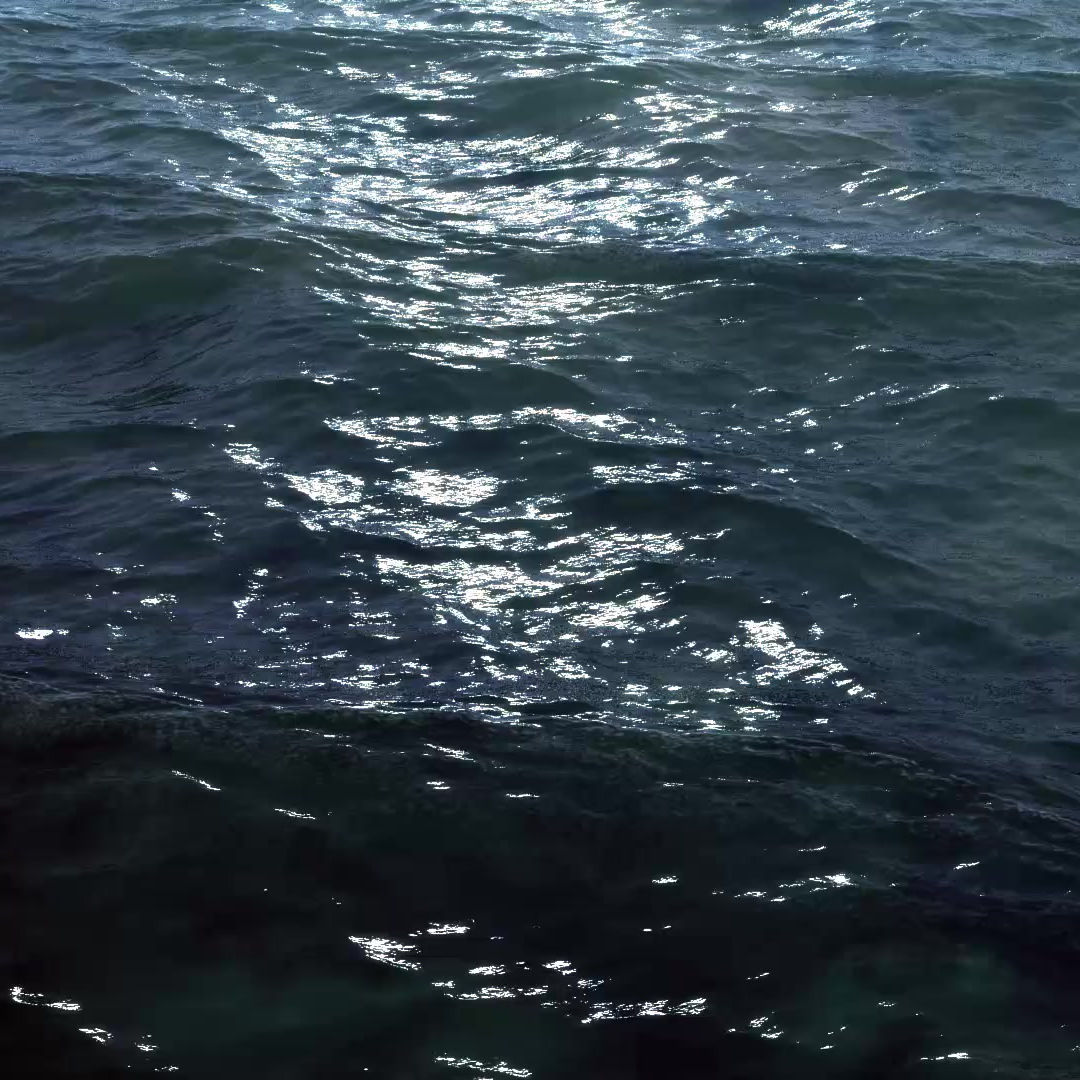Discover the Mobula Rays in Baja California Sur: The Fascinating Visitor to La Ventana and its Importance in the Ecosystem
- Gabriela Carranza Castillo
- Jun 13, 2024
- 3 min read
Updated: Jun 15, 2024

Welcome to Kraken Divers! Today, we want to share with you the fascinating story of one of the most spectacular visitors to the waters of La Ventana: the mobula rays in Baja California Sur. Known for its grace and impressive jumps, the mobula ray is not only a spectacle for diving enthusiasts but also a crucial component of our marine ecosystems.
What is the Mobula Ray?
Mobula rays, also known as "devil rays" due to the distinctive horns on their heads, belong to the family Mobulidae. One of the most common species you can spot in La Ventana is Mobula munkiana, also known as the Munk's devil ray or pygmy devil ray. These majestic creatures can reach up to 1.1 meters in wingspan and are known for their acrobatics, often leaping out of the water in spectacular displays.
There are several species within the Mobula genus, and some of them can be seen in the waters of La Ventana, Baja California Sur, where they gather in large numbers, especially at certain times of the year. This phenomenon makes La Ventana a prime location for divers and marine life enthusiasts.
The Importance of the Mobula Rays in Baja California Sur and Worldwide Ecosystem
Mobula rays play a vital role in maintaining the balance of marine ecosystems. Here are some reasons why these creatures are so important:
Control of Plankton Populations: Mobula rays primarily feed on plankton and small fish. By doing so, they help maintain the balance of these populations, which in turn affects the entire marine food chain. An excess of plankton can cause issues such as harmful algal blooms, which negatively impact the health of other marine organisms.
Indicators of Ecosystem Health: The presence of mobula rays in an area is a good indicator of the health of the marine ecosystem. These creatures require clean, nutrient-rich waters. Their presence in La Ventana suggests that our waters are in good condition, which is excellent news for both divers and local biodiversity.
Tourist Attraction and Environmental Education: Mobula rays attract tourists and divers from around the world, generating income for local communities and raising awareness about the importance of ocean conservation. Each encounter with a mobula ray is an opportunity to educate visitors about the need to protect marine life and their habitats.
How We Can Protect the Mobula Ray
Despite their impressive presence, mobula rays face various threats, including accidental fishing, pollution, and habitat destruction. Here at Kraken Divers, we are firmly committed to conservation and environmental education. Here are some ways everyone can contribute to the protection of these magnificent creatures:
Promote Responsible Diving Practices: When diving, it's crucial to maintain a safe distance and not touch mobula rays. This minimizes stress for the animals and ensures we can continue to enjoy their presence without causing them harm.
Support Conservation Initiatives: Get involved with organizations that work to protect mobula rays and other marine organisms. This can include donations or participation in volunteer programs.
Reduce Plastic Use: Plastic waste is a significant threat to marine life. Reducing, reusing, and recycling plastics helps keep our oceans clean and safe for mobula rays.
Spread Awareness: Share your knowledge and passion for mobula rays with friends and family. Education is a powerful tool for conservation.
The most important is not to consume it. Unfortunately in Mexico, especially in Baja California, it is a very common dish that is usually eaten in burritos (burritos de manta/caguamanta).
According to the IUCN RED LIST OF THREATENED SPECIES this species of manta ray is vulnerable, which is why it is vital to protect this species.

OVERVIEW
The distribution of Munk’s pygmy devil rays (Mobula munkiana) is limited to coastal waters of the Eastern Pacific Ocean from the Sea of Cortez (Mexico) to Peru. This species is often found in extremely large aggregations of up to tens of thousands of individuals at certain times of the year in the Sea of Cortez. While aggregated, Munk’s pygmy devil rays are known to breach regularly, often leaping several metres out of the water. Reasons for this behaviour are still unknown, but possibly linked to social dynamics.

---Photos and Videos by Rene Marin.
Join Us for an Unforgettable Experience
At Kraken Divers, we are dedicated to providing unique and educational diving experiences. We invite you to join us in exploring the waters of La Ventana and discovering the majesty of the mobula rays up close. Not only will you have an unforgettable adventure, but you will also contribute to the conservation of these incredible creatures.
Come and dive with us into the wonderful world of mobula rays!
We hope this article has inspired and motivated you to learn more about the mobula ray and its importance in our oceans. Keep exploring our blog at www.krakendivers.com for more fascinating stories and diving tips. See you underwater!







Comments